
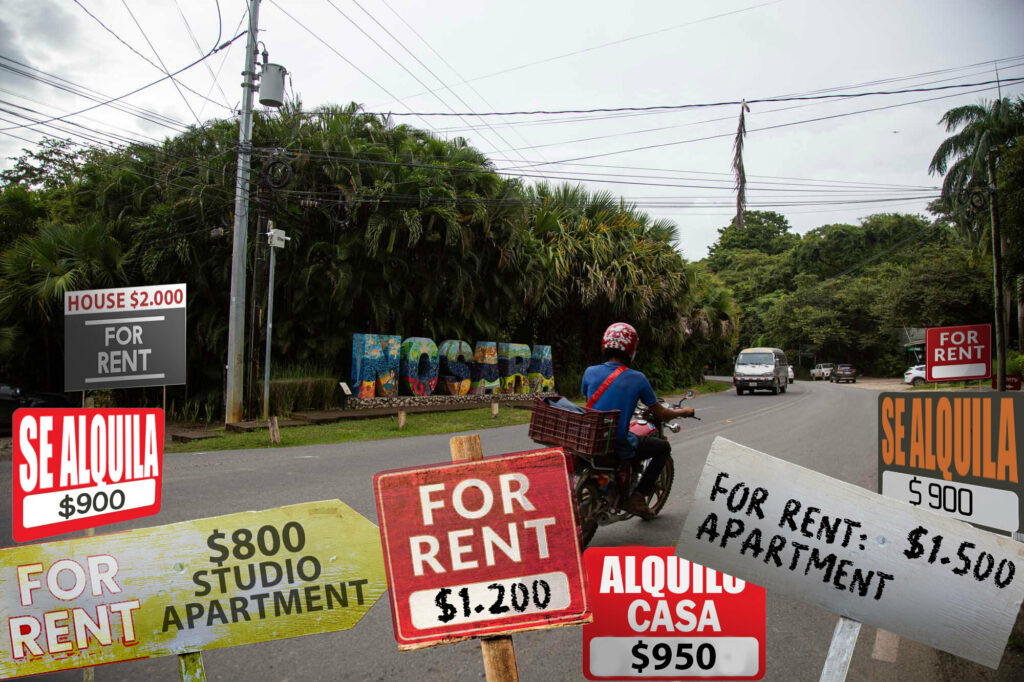
Nosara: real estate bubble makes rents more expensive for the middle class
This text was originally published in Nosara, a monthly newsletter in which we deepen into stories and news from that diverse and complex district. It was edited to add more voices and reporting in this gentrification special. If you don’t want to miss any edition, subscribe by clicking here.
Sofia Arguedas is an architect who arrived in Nosara two months ago. Every day she has her meals on the balcony of her apartment, where the table barely fits, because there is no space for a dining table inside. In the living room she installed a portable clothesline that she uses as a commode because she can’t even fit a closet.
“To give you an idea of how tiny the space is, if one day I wanted to invite someone to stay over, an air mattress wouldn’t even fit,” she says.
The apartment is in the mountains of Las Delicias, a 30-minute drive from Guiones, where Arguedas has been working for two months.
She pays $1,200 a month for the apartment, which includes internet, water and electricity. Arguedas likes the large windows overlooking Nosara and the architectural details. What she was not told is that she would face constant power and water outages and need a 4×4 in the rainy season to drive up the mountain after work.
Most of the alternatives Arguedas found before renting here averaged the same amount she is currently paying. Cheaper options were located on hillsides or nearby riverbanks waiting for the first rains to burst and flood everything.
She even visited a container in Las Delicias that had been converted into an apartment for $1,500 a month, which she found “extremely overpriced”. These types of shipping container homes are becoming increasingly popular because they can be built quickly and cheaply compared to a traditional home. But in destinations like Nosara, they do not guarantee affordable prices.
Living in Nosara costs Arguedas $500 more than what she paid in Pinares, in the Curridabat canton of San José, for a house with two bedrooms, living room, dining room, walk-in closet, bathroom and patio. “I picked this place because it was the only thing I could find while I look for a cheaper option (…) I was warned that it would be hard but I never imagined that everything was this expensive,” says.
In Nosara, the rent for a one-bedroom, one-bathroom apartment near the beach and the commercial and tourist centers of Guiones and Pelada can be as high as $2,400 dollars per week, as verified by La Voz in WhatsApp chats and Facebook pages dedicated to property rentals. That is equivalent to two months’ minimum wage for an architect with a bachelor’s degree, according to the Costa Rican Association of Engineers and Architects (Colegio Federado de Ingenieros y Arquitectos de Costa Rica).
The rental prices in Nosara reveal a clear contradiction. While the growth of the community demands workers and professionals, the work force is finding it difficult to secure a place to live at a reasonable price relative to Costa Rican salaries.
The coordinator of the Tourism Observatory in Guanacaste of the National University of Costa Rica (UNA), Esteban Barboza, describes the increase in housing prices in the province as a product of “uncontrolled real estate development and where speculation is the norm”. This means that people are taking advantage of the increase in the value of housing to make the most economic profit possible.
It is the international speculative capital that is dictating how tourism is developed (…) It is a kind of tourism and real estate development that excludes (the Costa Rican population),” Barboza commented.
A matter of free market
Rebeca Navarrete has been in the real estate business for 19 years. She is the founder and owner of Vacation Rentals Nosara, a company that offers tourist rentals in luxurious spots such as Guiones, Pelada and Huacas of Nosara.
For her, the high rental prices in Nosara are having a snowball effect, driving up the price of rentals in neighborhoods far from the beach and making them unaffordable to the middle class.
“I’ve seen small prefabricated houses in downtown Nosara going for $1,800. That’s a lot of money for a middle class tenant,” according to Navarrete.
Why does a luxury rental in Guiones drive up prices in other Nosara communities?
The main reason is because customers, mainly foreigners, are arriving with budgets beyond what the average middle-class Costa Rican can offer. Property owners see an opportunity to earn more money and raise the price of their rentals.
In Nosara, even the most wealthy compete for rental prices. This was explained by Navarrete and Francella Gonzales, founder of the real estate company Alba Properties.
“You see a post [on Facebook] from a foreigner who says he’s moving with his family to Costa Rica and has a budget of $10,000 a month. Who the heck has $10,000 a month to pay rent for a year? [If a homeowner] has a house listed at $8,000 a month, after reading the message he’s going to raise it to $10,000,” exemplified Navarrete.
That snowball effect Navarrete describes is already spreading to lower and middle class housing communities like Santa Marta.
The president of the Santa Marta Asada (rural water board), Emanuel Gutierrez, describes the real estate development in Nosara as “predatory growth” and assures that it will change the face of the community in the years to come.
Asada data show that at the end of 2022 Santa Marta had 305 water meters installed. In theory, one water meter corresponds to one house.
Over the next three years, however, the Asada will install 263 new meters in the community. Gutierrez says that 89 of those units are houses in luxury developments mostly geared toward rentals.
Gutierrez calculates the size of the properties based on the water allocated to each project. The numbers are included in the technical studies that the Asada receives for each house and reveal that these are units with pools, “with an approximate rental cost of up to $4,000 per month.”
A neighborhood that is traditionally working class is now going to be taken over by luxury homes. Those who live in those houses will practically have to pass by poverty to get to their rooms,” told Gutiérrez.
Navarrete and Gutiérrez agree that the snowball effect caused by rental prices focused on foreign budgets means that people like Arguedas can’t find affordable homes and end up moving farther and farther away from Nosara. However, even in the suburbs Arguedas pays a high rate.
Time-limited rentals… and prohibited
Diego Piedra taught Spanish classes in Nosara between 2020 and the end of 2022. In those two years he moved so many times that he can’t remember how many houses he lived in. “I was in about eight different homes,” he tells me.
When he arrived in Nosara in 2020 he struck gold in La Esperanza: a studio with all amenities included for $300 a month. The bed, the kitchen and an armchair all stood in the same room.
The following year he married a wealthy Canadian woman and they lived in apartments costing an average of $5,000 a month, twice as much as Piedra’s monthly salary in Nosara.
But even with enough means to live in luxury homes, they couldn’t find a long-term rental. “Just as they may charge a tourist $4,000 a month, the next month everything changes and they may charge someone else $6,000,” Piedra tells.
Who is going to want to rent their houses to Tico workers on a long-term basis if for a tiny house you might pay $5,000 a month in high season?” Piedra wonders.
Piedra divorced at the end of 2022 and returned to San José. Half a year later he was again offered a job in Nosara but now his budget was only $500. All the studios he visited exceed $700. He can’t find a house in La Esperanza either, where three years ago his income covered the rent.
“Recently I went to Nosara because I got a short job for a month and they provided accommodation. It was a studio where only the bed and a small refrigerator could fit, along with the bathroom. Then I realized that it was worth $200 dollars a week,” Piedra told me.
The Short Term Rentals Nosara Facebook group is dedicated to property rentals for weeks or months. By doing so, they are able to adjust their rates depending on the season or what foreigners are willing to pay.
Although short-term rental contracts are common in areas like Nosara, the law prohibits them, according to Roberto Ruffin, a real estate lawyer at Melvin Rudelman y Asociados.
The article 70 of the General Law of Urban and Suburban Leases indicates that the minimum rental term is three years. This also applies to contracts that indicate shorter times than what is established by law.
According to the lawyer, there are no penalties or fines for owners who make short-term contracts. However, “as long as the tenant continues to pay (once the contract is over), he can stay there for three years. That’s something a lot of people don’t know.”
“The owner can file an eviction process against the tenant (in case the tenant does not want to leave), but he will probably lose it because of what Article 70 says (…) The spirit of the law is to guarantee him to the people who will be able to have continuity in the place where they live”, he mentions.
For Ruffin, the only way for an owner to offer lodging for stays of less than one year is for the house to be registered as non-traditional lodging at the Costa Rican Tourism Institute (ICT) and at the General Directorate of Taxation. This is confirmed by article 8 of the Framework Law for the Regularization of Non-Traditional Lodging and its Intermediation Through Digital Platforms.
Francella Gonzales, the founder of Alba Properties, offers short-term rentals in Guiones.
She says that long-term rental opportunities in Nosara are scarce. Even more so at an affordable price for people who don’t have budgets in the millions.
“I’ve noticed in the last few years that it’s been harder for people with budgets up to $2,000 to find a rental house. (…) There aren’t many opportunities to rent houses long term at an affordable price,” tells.
Also, through vacation rental platforms such as Airbnb, in a single weekend, homeowners can earn the amount they would otherwise receive in an entire month.
A post- pandemic boom
Ronny Matarrita has been in the real estate business in Guanacaste for 15 years and for the last two years he has been the Regional Representative in Guanacaste of the Costa Rican Chamber of Real Estate Brokers.
“In Nosara it is almost impossible to face the cost of rentals. As long as there is someone willing to pay, this is not going to stop and prices will continue to rise,” Matarrita explains.
And also assures that in the past year he has been receiving one to two calls a week from Nosareños who decide to sell, taking advantage of the value of the land and the million-dollar offers from some buyers. With the proceeds, they move to Nicoya, rent a house and live very comfortably compared to the cost of staying in Nosara.
According to the regional representative, the pandemic caused a rental boom in Guanacaste. The real estate boost positioned Nosara as one of the favorite places for foreigners and digital nomads looking for a home surrounded by nature.
In 2021, the Legislative Assembly approved a law to attract digital nomads to Costa Rica. The law allows foreigners to opt for a visa to work in Costa Rica for a period of one year with the option of extending it to two.
Article 10 indicates that one of the requirements to obtain the visa is that the person has a minimum monthly income of $3,000 or $4,000 if traveling with his family.
For Esteban Barboza, coordinator of the Tourism Observatory, the article is a clear example of a law that promotes inequality in tourist areas of the country and ends up making basic services more expensive, such as access to housing.
(Abroad) Guanacaste is promoted as a paradise where pleasure and the beach prevail, but without taking into account history, culture or the needs of local populations,” Barboza express
Among the digital nomads who came to the community is US citizen Melany Stuart (fictitious name at her request).
Stuart has lived in Nosara for two years in eight different places, just like Piedra. “Nosara is so ridiculous, when you post [in Facebook rental groups] that you’re looking for an apartment and that you have a $500 budget, people make fun of you.”
“Foreigners think they’re coming from California where $2,000 a month is a good price. That [Facebook] group is an insult to the people of this country. They are in Costa Rica and they have to respect what the locals earn,” she tells me in perfect Spanish.
It wasn’t until a year ago that she found a $400 apartment in the mountains of Culiacan between Rio Nosara and Ostional. There she found what she always wanted, but what fewer and fewer people are looking for and encountering: a place at a fair price, surrounded by nature, away from construction noise, next to a Nosarean family showing her Costa Rican culture.
Créditos
Investigación: José Pablo Román
Fotografía: César Arroyo Castro
Edición: Noelia Esquivel
Diseño: Roberto Cruz
Coordinador de audiencias: Rubén F. Román
Traductora: Debbie Bruylant


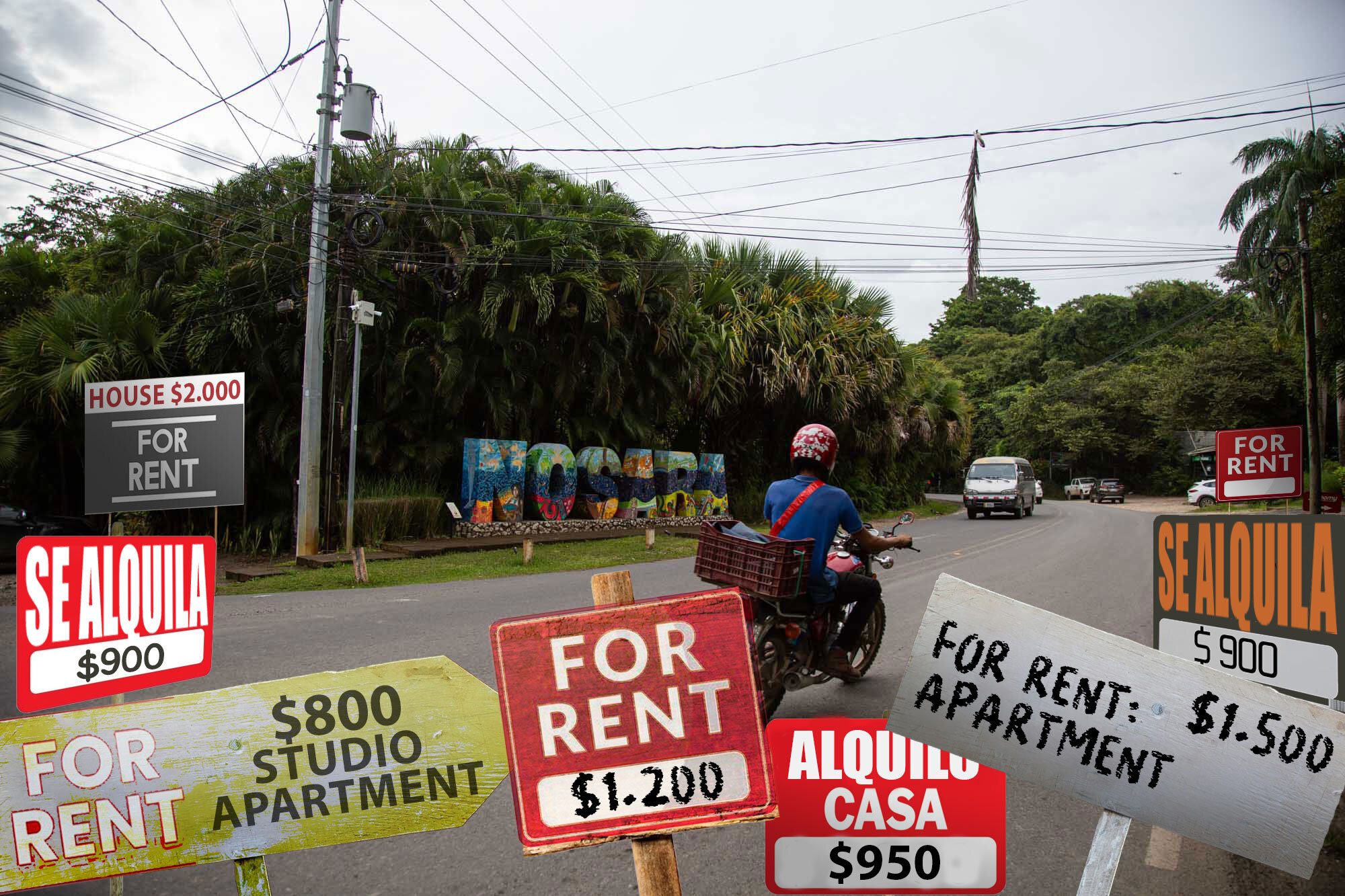
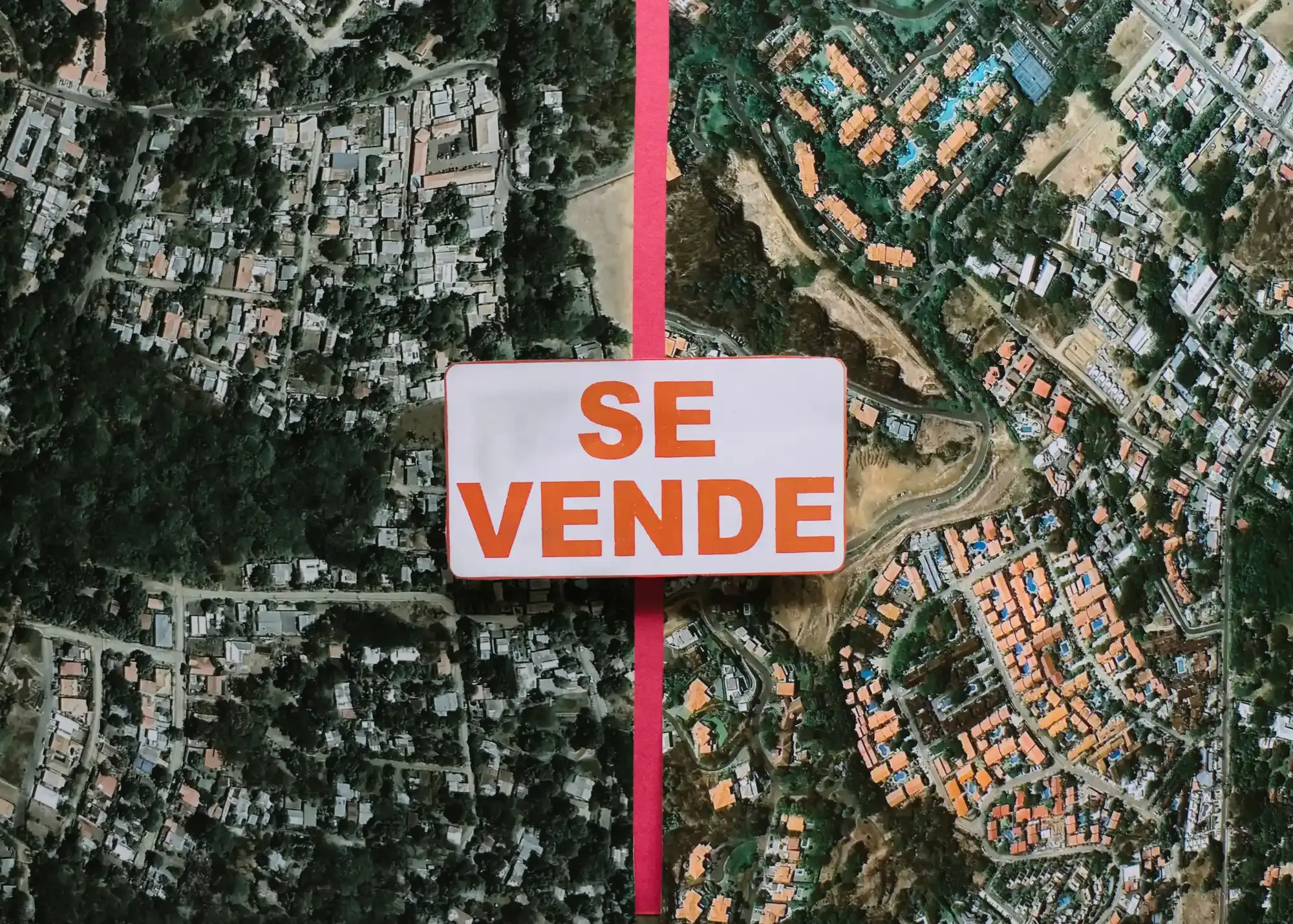
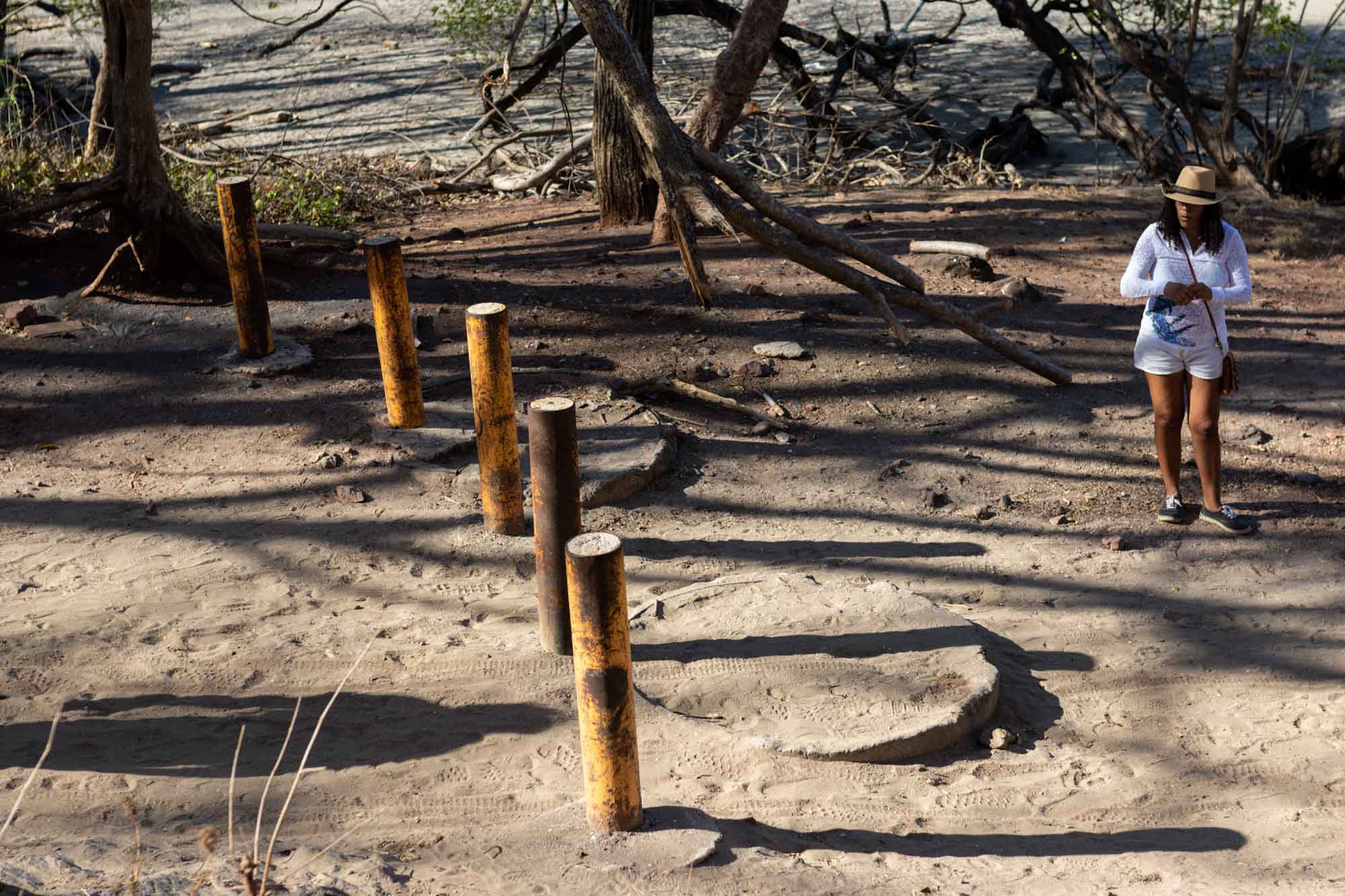
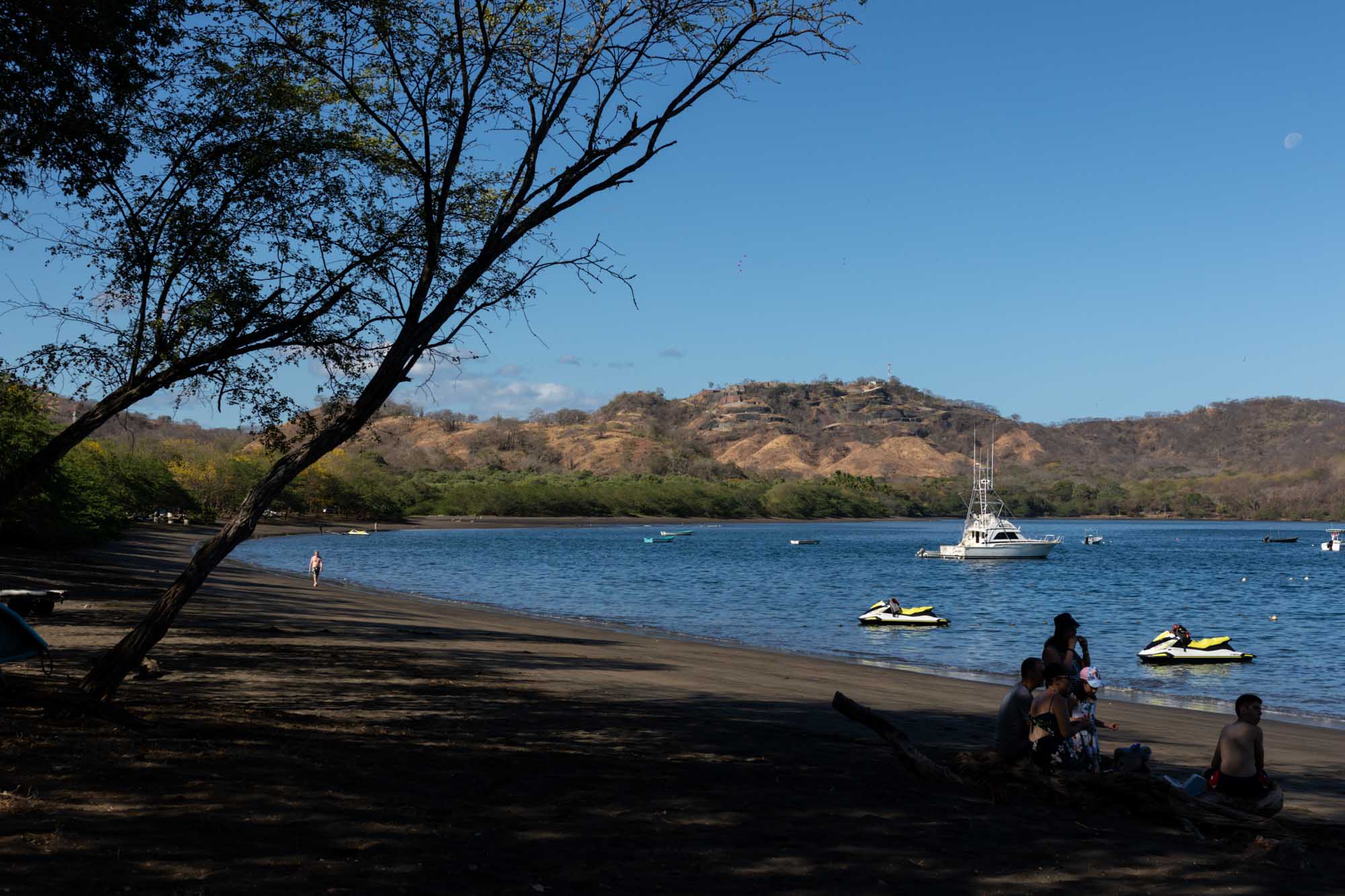
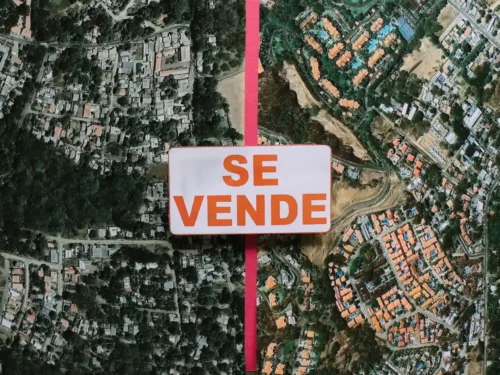

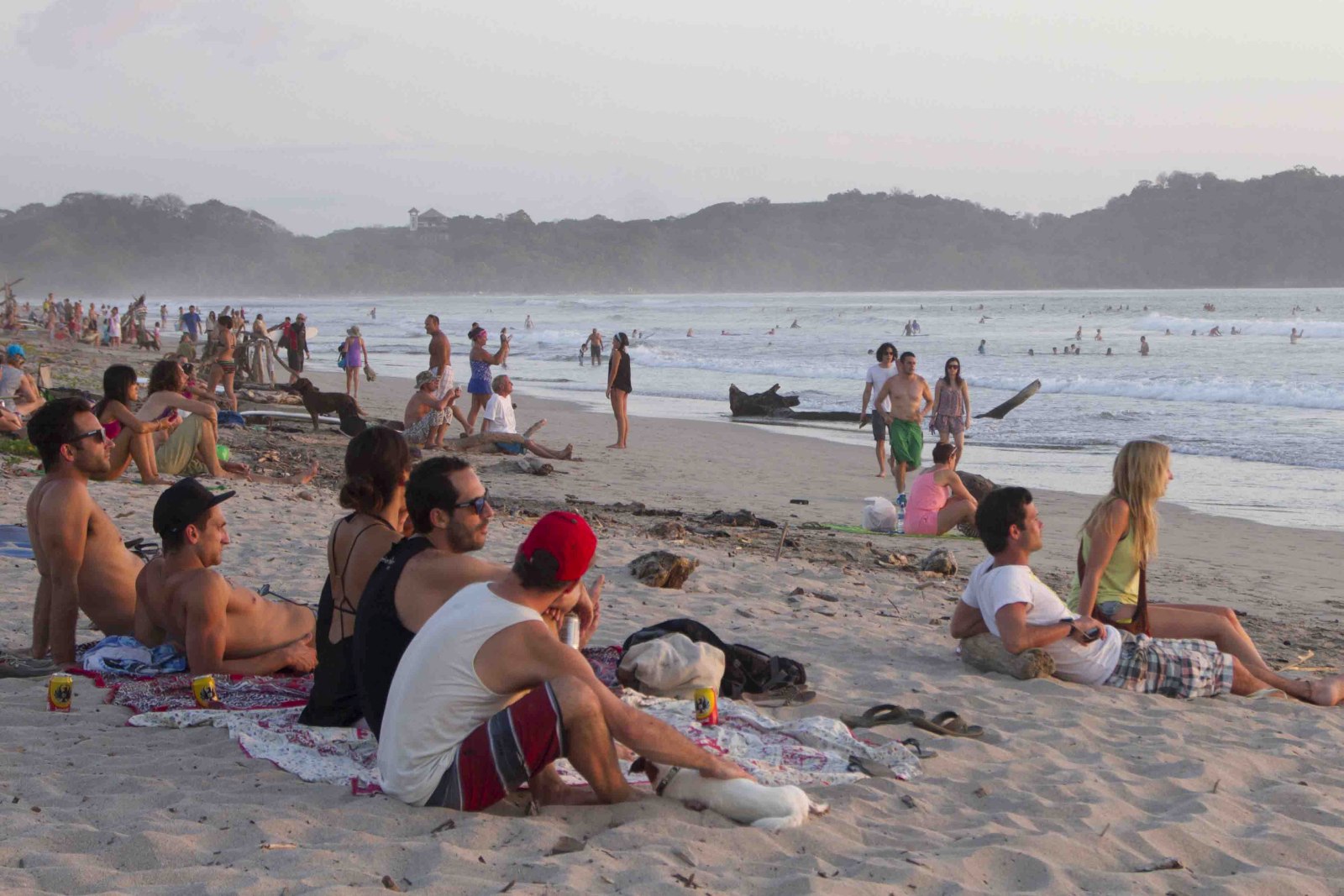

Comments